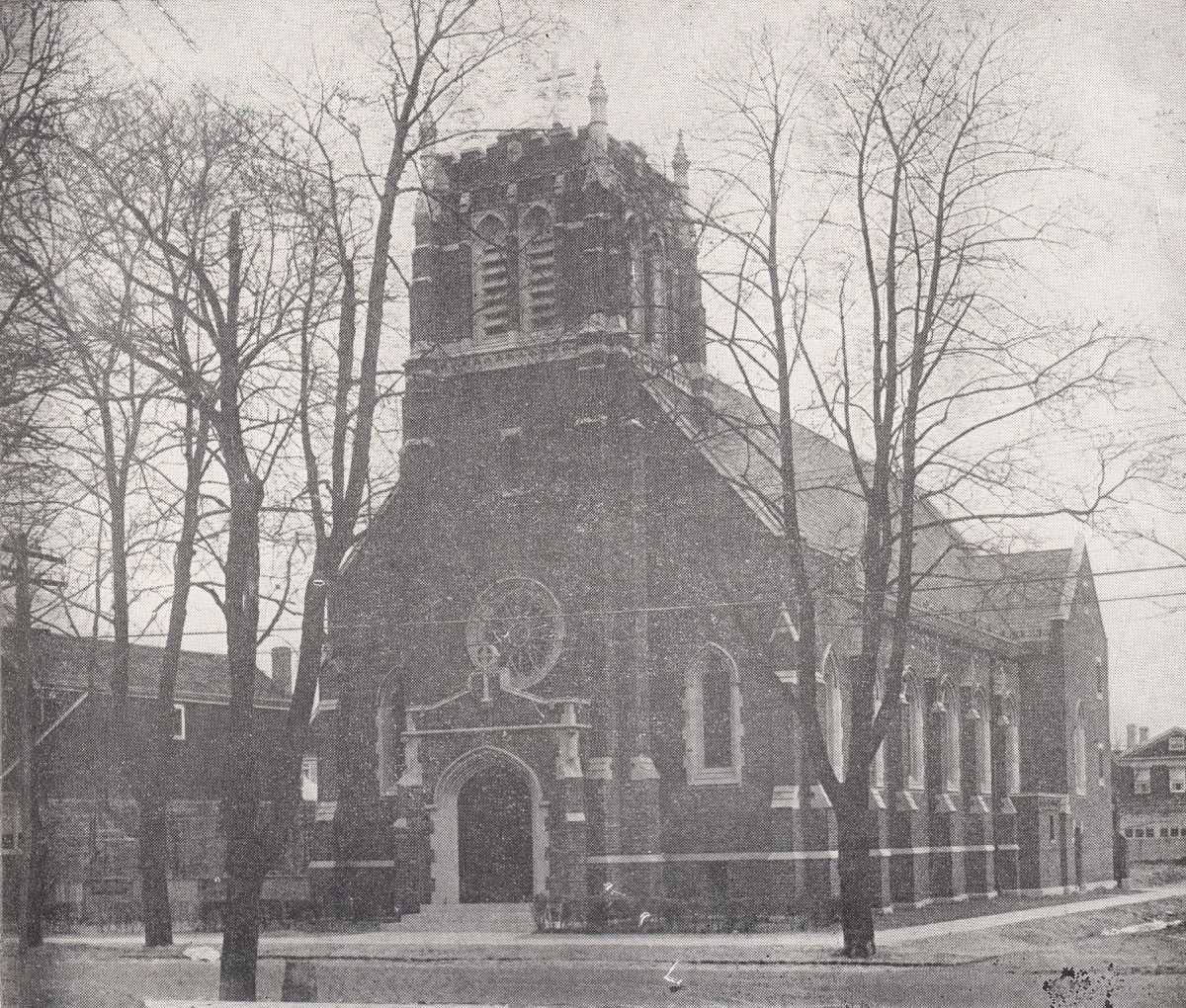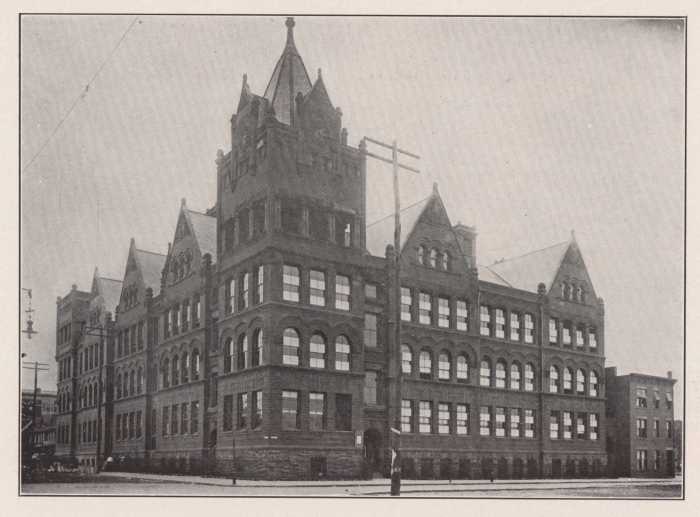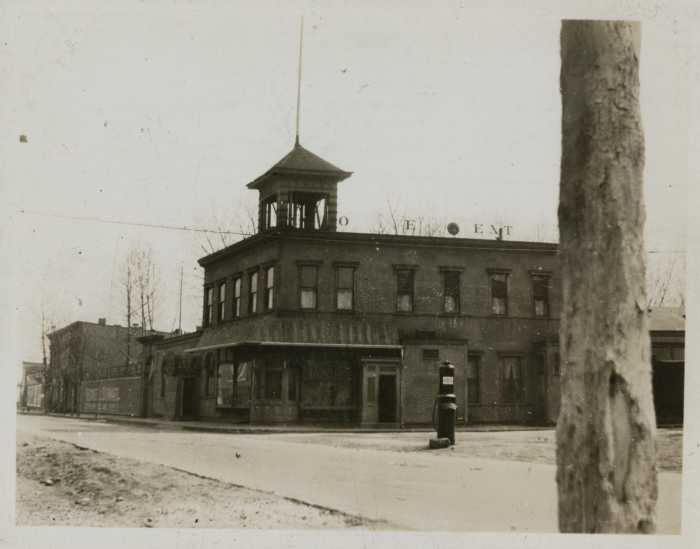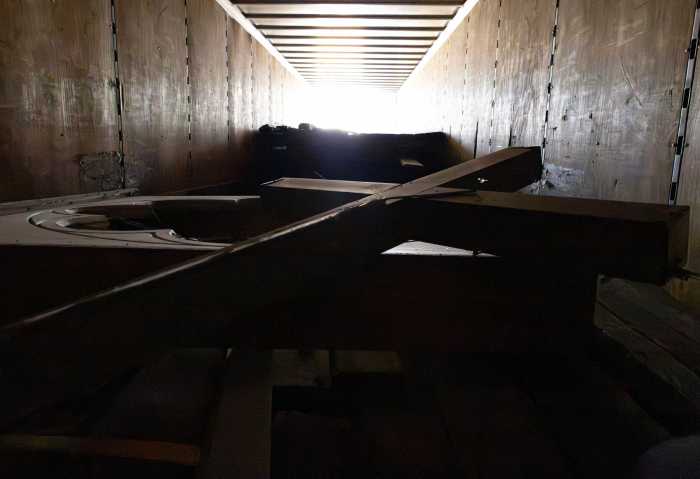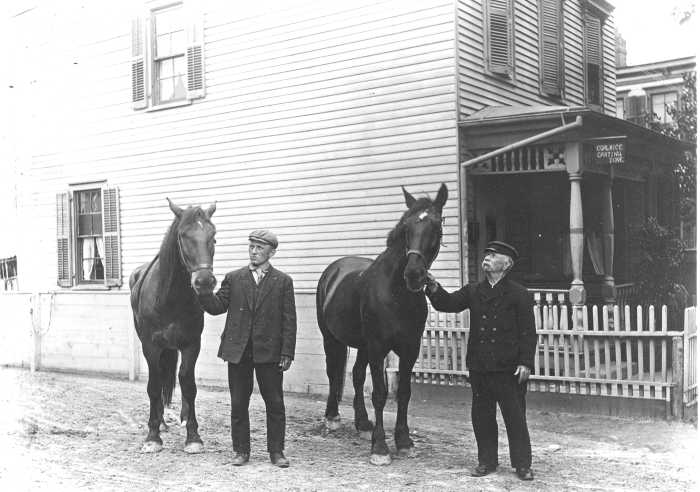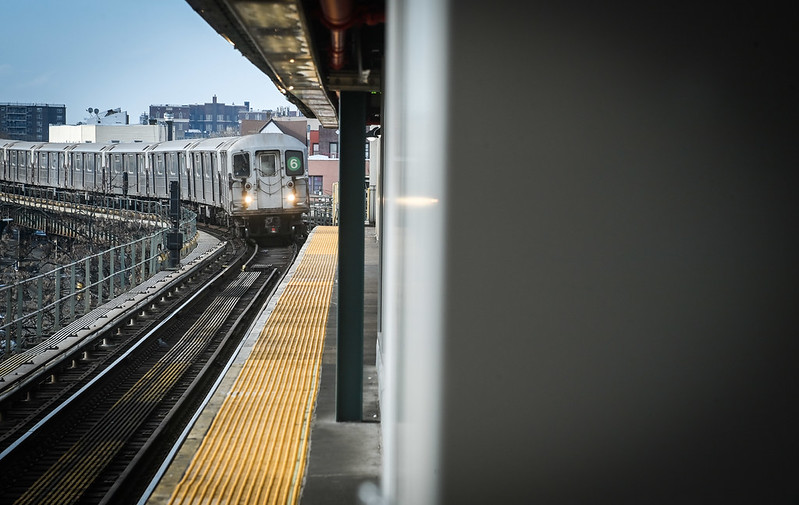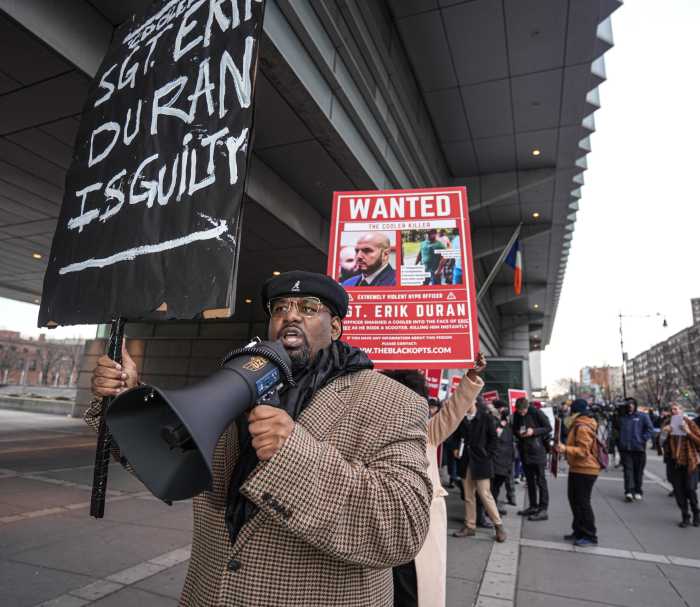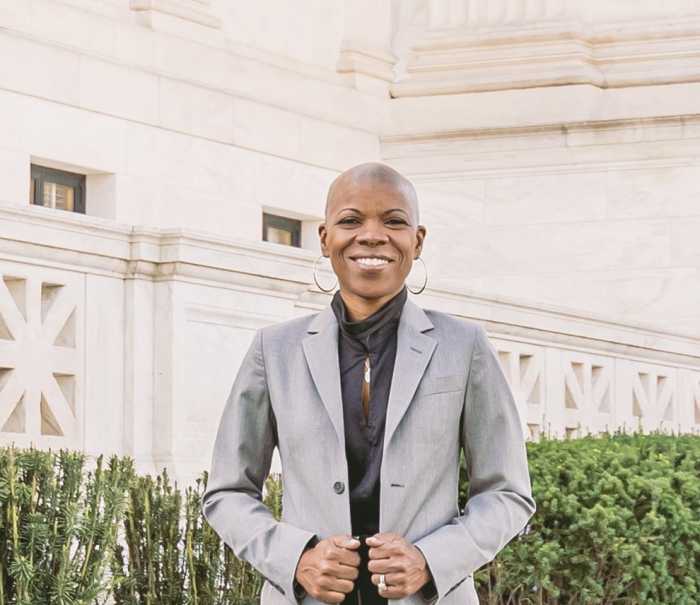Emanuel United Church of Christ sits at the corner of 91st Avenue and Woodhaven Boulevard, giving it the unique distinction of being either the first or last thing people see when entering or leaving Woodhaven.
Emanuel began in various locations in Manhattan in a few churches supported by German immigrants and a few famous German notables, such as Jacob Astor and General Friedrich Wilhelm von Steuben, who was George Washington’s Chief of Staff in the final years of the Revolutionary War.
It was in 1877 that a new mission was launched, one that would try to reach the population that was rapidly expanding east from Manhattan into Brooklyn and Queens.
On May 6, 1877 in a storefront on Delmonico Place in Brooklyn, the congregation officially met for the first time and began plans to either build or buy a church to call their own. Within a year, they had acquired an abandoned church on Graham Street in Brooklyn, and, with over a dozen members of the congregation, they soon opened up a school for German students.
Over the next quarter century, the church went through many ups and downs, nearly closing twice. But with a rapidly increasing population, the church saw its prospects improve, and, by their 25th Anniversary, they had over 500 members of the congregation and over 400 students in both of their schools, one German and one English.
During World War I, the congregation found itself in the midst of conflict due to its German heritage and many of the congregation’s elders began leaving Brooklyn for the wide open spaces of Queens and Long Island.
Around the same time, a separate mission had begun in a storefront on Jamaica Avenue and 107th Street in Richmond Hill before purchasing a plot at 89th Avenue and Woodhaven Boulevard.
The cost of building a permanent church was prohibitive (in fact they used a “portable” church for a while), but then it was decided that the church in Brooklyn and the mission in Woodhaven would merge and plans for a new church building were drafted.
The 89th Avenue church cost over $100,000 to build and it left the congregation deeply in debt. Then one of the parishioners, a man named Frederick Wallmann, passed away and left the church $43,000, which pretty much solved that problem.
The new church building was opened in 1924 but it lasted a little over a decade. A year after its 60th Anniversary, in 1938, the City of New York took over the property and tore down the church as part of the project to widen Woodhaven Boulevard. (For those familiar with the area, the old church sat at 89th Avenue at what is now the middle of Woodhaven Boulevard.)
The congregation received $136,000 from the city, bought a nearby plot of land on 91st Avenue and built the beautiful church that has sat welcoming travelers to Woodhaven for nearly 80 years.
The interior of the church itself is beautiful and you can find various plaques commemorating the memories of the many beloved parishioners that have passed away over the years. In addition to the church, Emanuel’s church building has served as the home of many various groups and organizations over the years, including the Woodhaven Cultural and Historical Society, which has been meeting at Emanuel for over two decades.
One can imagine that those who were on Delmonico Place in Brooklyn in May 1877 had no idea how their storefront would become such a valued part of a Queens neighborhood 147 years later.
The Woodhaven Cultural and Historical Society will be giving a presentation as part of the Sunday service at Emanuel on Sunday, Aug. 18 at 10 a.m. The presentation is free. Everyone is welcome and refreshments will be served afterwards.

